…or, How I (kinda) learned to let go (a little, maybe) of my control-freak mentality and surrendered myself to the simple joy of point-and-shoot photography…(For a while, anyway.)
We have all heard or read (or told) those stories of how someone found an unbelievable gear bargain in a second-hand shop, at a flea market or at a garage sale. (Most famous, perhaps, was the lucky bugger who picked up a good-condition Leica M3 from a thrift store somewhere in the United States for only five dollars.) As an habitual haunter of such places I have certainly come into possession of cheap cameras, photographic accessories and photography books many times over the years, to keep and use myself or to trade and sell to others. One recent experience, however, was rather unusual, by teaching me a subtle lesson in making any assumptions about the true value of a particular purchase.
So the story goes …
At the beginning of February (according to the receipt) I wandered into a charity shop on Chapel Street at Windsor, in Melbourne, a corner of town along which sit several second-hand and pawnbroker outlets, and made my usual query of the counter staff about cameras. Hardly had the words left the safety of my mouth (because there is such a thing as buyer’s remorse) than there appeared before me an offer too good to refuse. A silver-coloured Nikon F55 analogue camera with two lenses, a Nikkor 28-80mm f3.3-5.6 G and a Nikkor 70-300 f4-5.6 G pair of zooms, all sitting inside a fitted ProAm camera bag, and all for only fifty AUD. The dollar value of either lens was greater than the price of the combined bundle, so I bought it. The camera, which sported a pristine black and yellow-trim Nikon-branded strap, was effectively free.
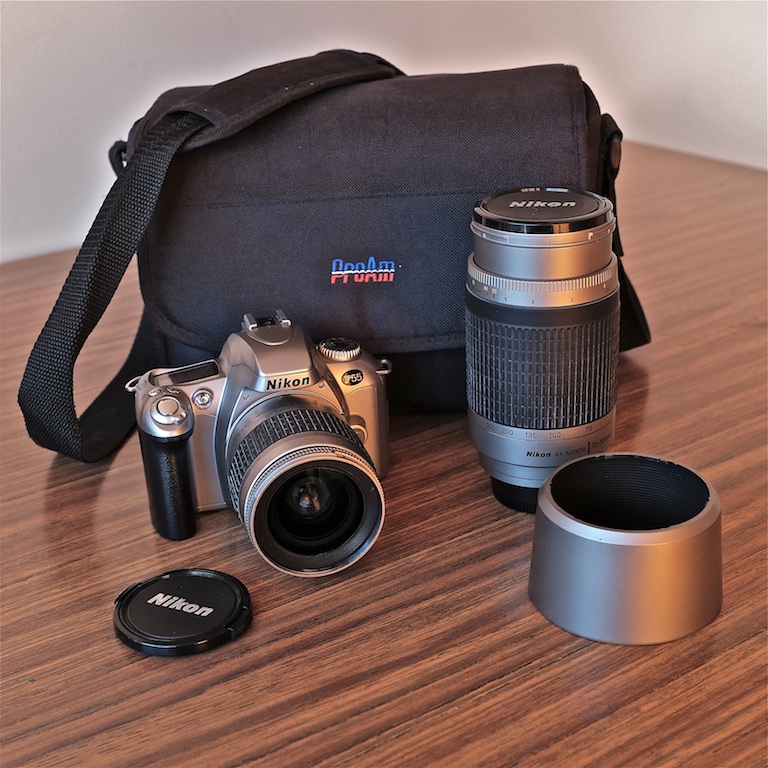
The joke was on me, of course. Within a couple of minutes of returning home and loading the camera with batteries and film I realised that I had bought less than I expected, even from such a blatant bargain. Several frustrating and plainly futile attempts eventually convinced me of what I needed to know about this toy: The command dial was completely inoperable, and no amount of fiddling back and forth (or of banging the camera with the heel of my palm) could persuade it to work as it should. The camera was a broken body.
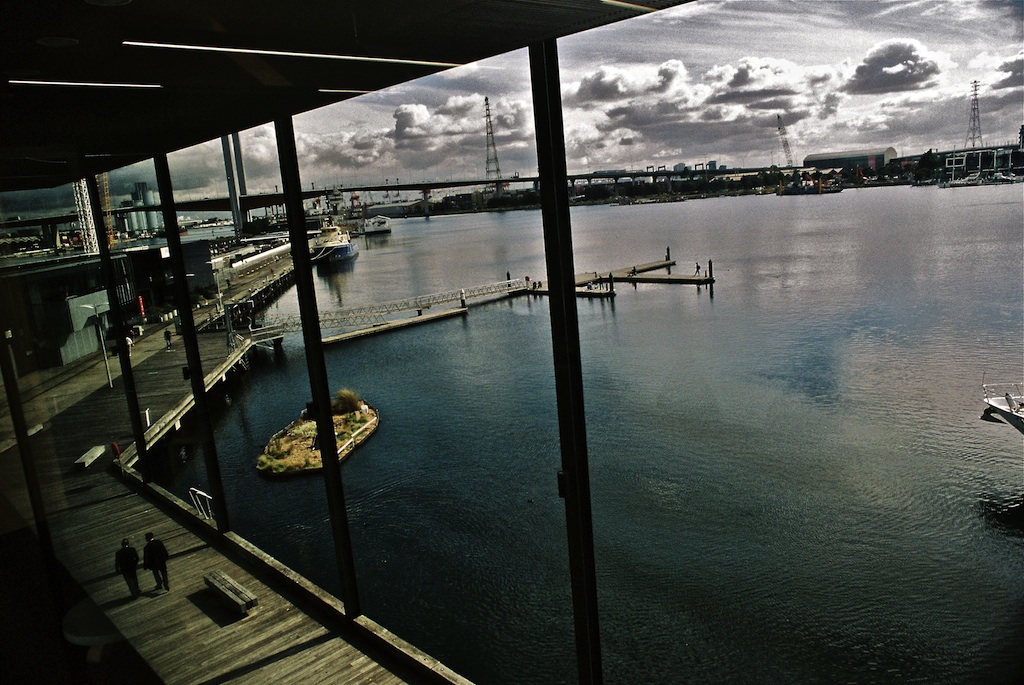
Not completely broken, in the sense that it did not work at all. The death of the command dial meant that no adjustment of any kind could be made to any of the settings that it controlled. So: No program-shift, no aperture-priority adjustment, no shutter-speed-priority adjustment, no manual-exposure control and no exposure-compensation control. The F55 does not allow film-speed adjustment from the DX-coded ISO rating of a loaded roll, so the only way to change it is by way of the exposure-compensation function. I was not even able to shift the values of any of the five vari-program settings that were specifically designed for subjects such as portrait, sport and landscape photography. What that meant for me is that I was left holding nothing better than a point-and-shoot snapshot camera, as there was obviously no point in trying to get it repaired.
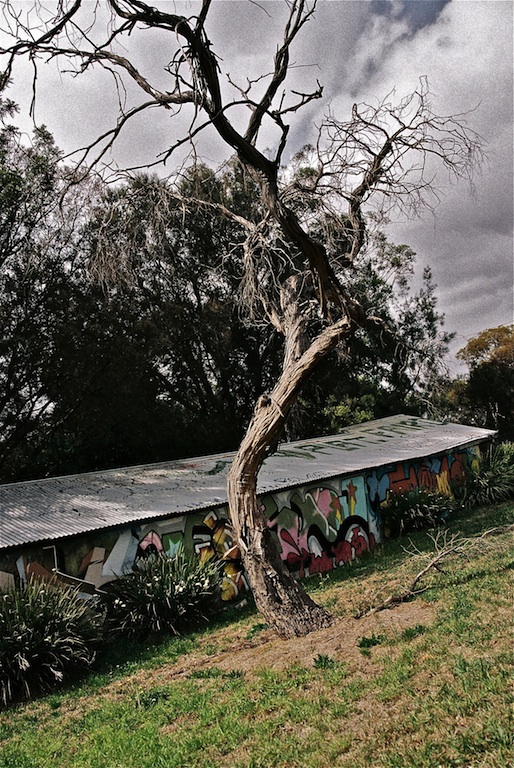
As a photo-manic control freak who cannot burn a single roll of film without dialling up and down on the exposure-compensation setting or changing the box-rated ISO value to suit the available light and my mood this was nothing other than a clinical case of photographic paralysis. What was the point of allowing the camera to determine everything about the exposure? How could I possibly regard any photograph as truly mine if I had not been wholly responsible for making it?
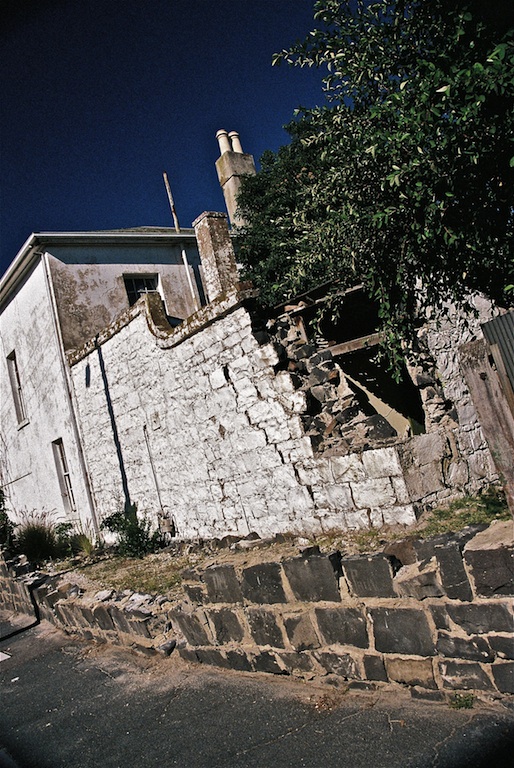
As it happens, this was not my first rodeo with such a hobbled horse. More than two decades ago my brother-in-law (hi, Bill!) gifted to me his no-longer-needed F-401s, widely regarded as being one of the worst cameras that Nikon ever made exactly because of its limited functionality and slow-as-a-wet-week auto-focus capability. (What the heck: It was the late eighties, so nobody was truly expecting any miracles in AF.) The lucky bundle came with a 35-70mm f3.3-4.5 and a 70-210mm f4-5.6 AF-D lens set, the standard all-purpose zoom combo for hobbyist photographers. I already owned an FM2 with a 50mm f1.4 AI-S lens, so I was familiar with and drawn to Nikon as a camera system.
The 401s, however, is notorious for having no exposure compensation function, no way to adjust the DX-coded film-speed setting and no facility for adjusting the metered settings on its three automatic exposure modes of program, aperture-priority and shutter-speed-priority. Only in its manual-exposure mode does it allow for the twiddling of the top-mounted dials to go over or under the metered exposure-value reading to alter the effect in the picture. Otherwise, it’s a camera for people who don’t want to think about the details of taking a photo.
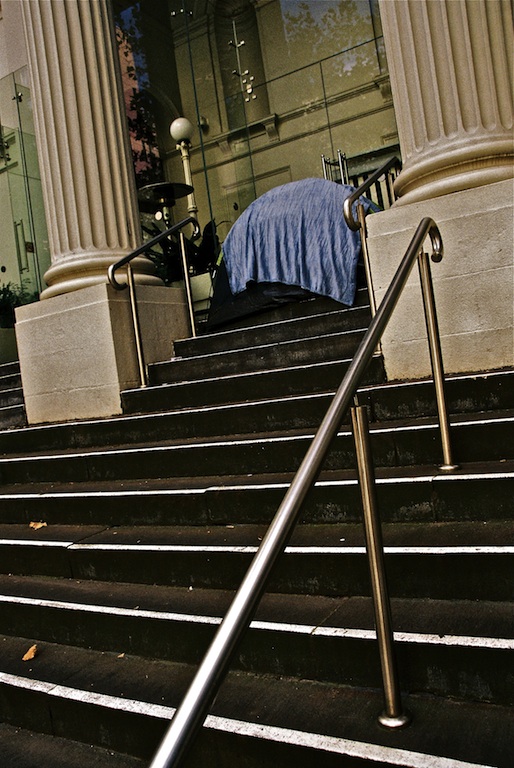
Even so, I was delighted with the outfit. The plug-ugly auto-focus body tuned in well with my manual-focus classic camera and helped to turn me into a Nikon fanboy. (So much so that I now own at least twenty examples of the breed and goodness only knows how many compatible lenses. Please don’t tell anyone.) The two zoom lenses could be used to great purpose on my FM2 and the three-segment matrix metering of the F-401s meant that any exposable shot would turn out as a clean and balanced rendition. I was happy to have a camera that would always enable me to make a properly-exposed photograph.

The F55, by comparison, annoyed me. Being robbed of the responsibility of determining my own exposures hurt my creative pride. It just did not seem fair that I would have no choice but to allow the camera to decide everything about the make-up of the photograph, apart from my own choice of where to point it.
A fresh roll of film in a camera is a fresh roll of film in a camera crying out to be burned. The body is so light that it can be carried anywhere, and I had no concerns about the excellent Nikon matrix metering’s ability to turn out a good picture. So, still with somewhat less of the enthusiasm that I usually feel for the activity, I stepped out with the F55 and my variety of useable lenses to shoot off the frames.
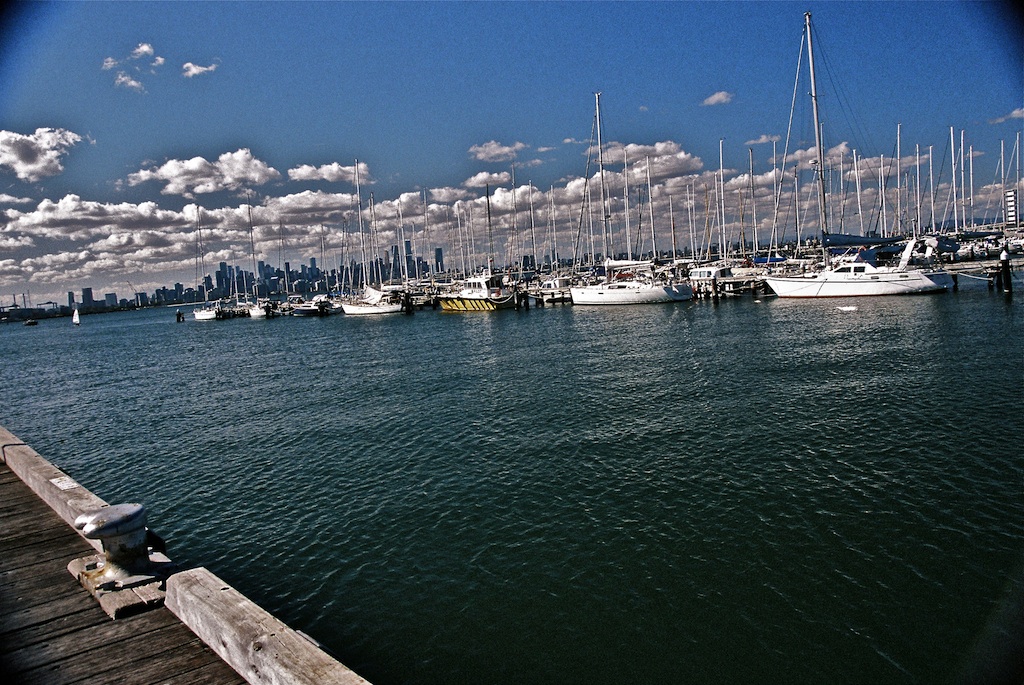
And that was when something strange happened. As I wandered around town with this toy in my hand I gradually forgot about my resentment and just started to take photos, more quickly and more easily than usual. Even without thinking about it I realised that the diminished functionality of the F55 had freed me of a lot of my concern about using a camera. With almost no bother I saw and took pictures that I might have otherwise disregarded or decided against because the conditions did not matter as much to me.
I had probably not felt as careless (and care-free) about taking photos for forty years, when I picked up a Minolta X-500 as my first camera and shot almost everything in sight. Photography was then a new adventure because I did not know what I was doing. I knew only that I liked taking photos, and wanted to take many more.
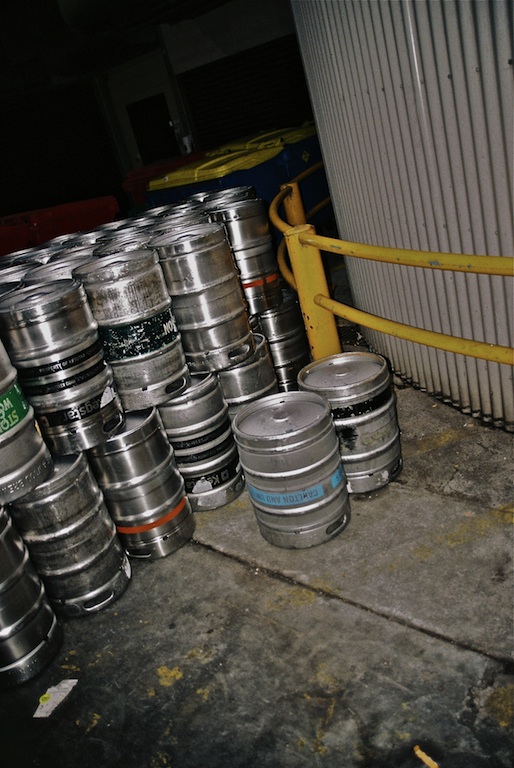
That turned out to be the real bargain of buying this camera. Never intended to be more than an entry-level model for absolute beginners the worth of the F55 for me became its easy and reliable usage, exactly because it was broken. No fiddling, no fuss and no double-guessing about the preferred exposure of any given image. Only the pure act of making a photograph.

In all honesty, after burning this roll in a faulty F55 and accepting its lessened facility my biggest gripe now is that it will allow me to obtain only thirty-six exposures from a thirty-six-exposure roll of film. As someone who is usually so careful about loading his cameras that he can be sure of thirty-nine exposures from an FM2 (and forty from an Olympus XA) I can hardly help but to feel a little cheated.
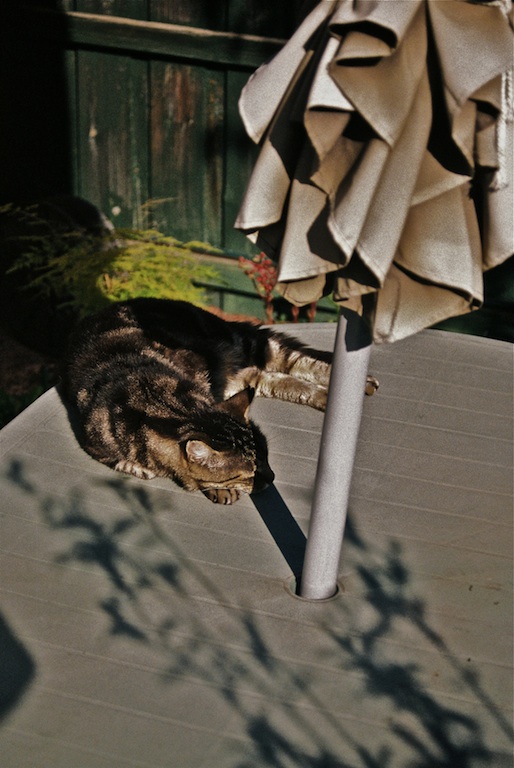
I did not expect it to happen, but somehow I have become rather fond of this little toy. So much so that I have now loaded it with a roll of Ilford HP5. I’m keen to find out whether it will surprise me as much in monochrome as it already has in colour. Photography is suddenly fun again.
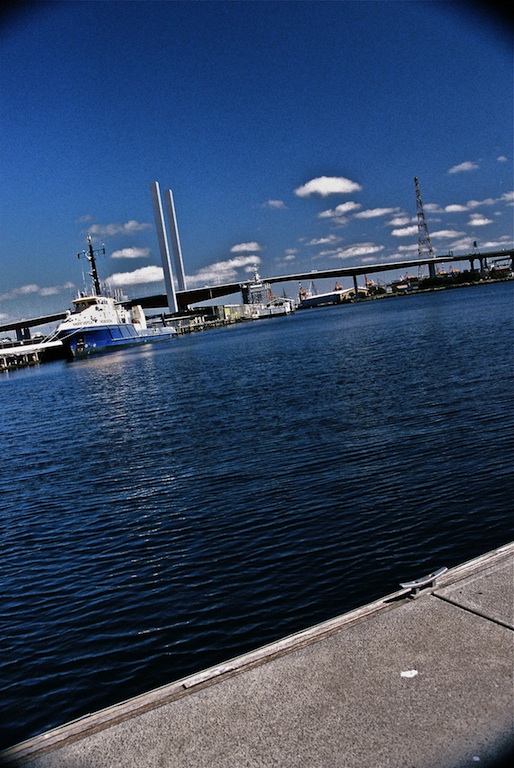
Photography is photography, people. Just go out and shoot.
(A quick note on how I post-process my photos from the lab scans: As the proud owner of a 2009 MacBook Pro (Snow Leopard, folks!) I only use Preview and iPhoto to add sharpness, rendition and contrast to the final version of my selected images.)
Share this post:



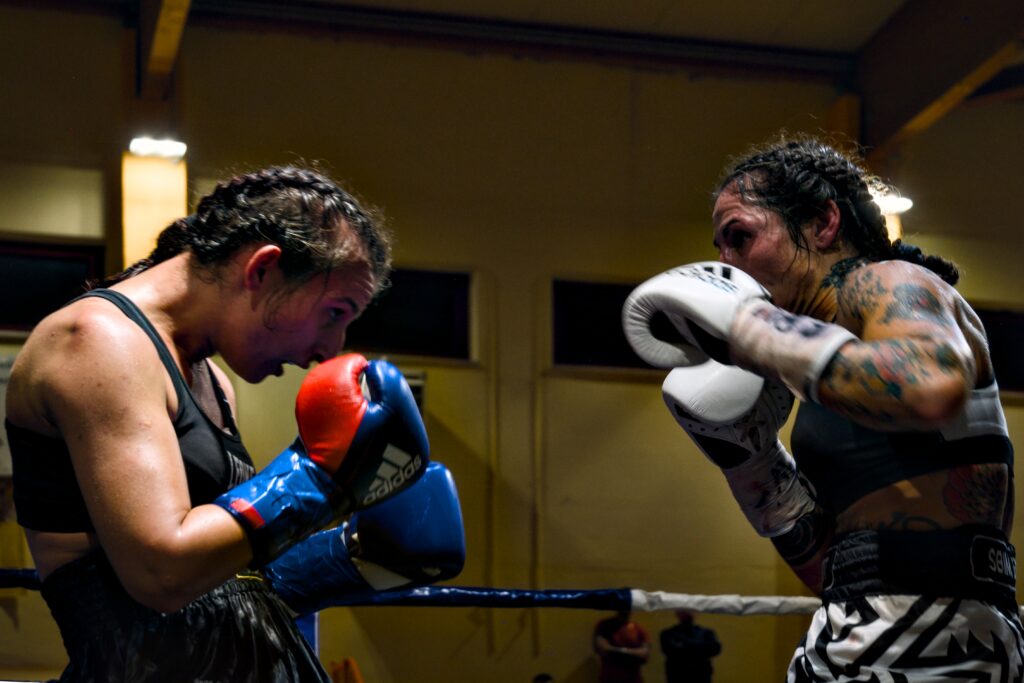
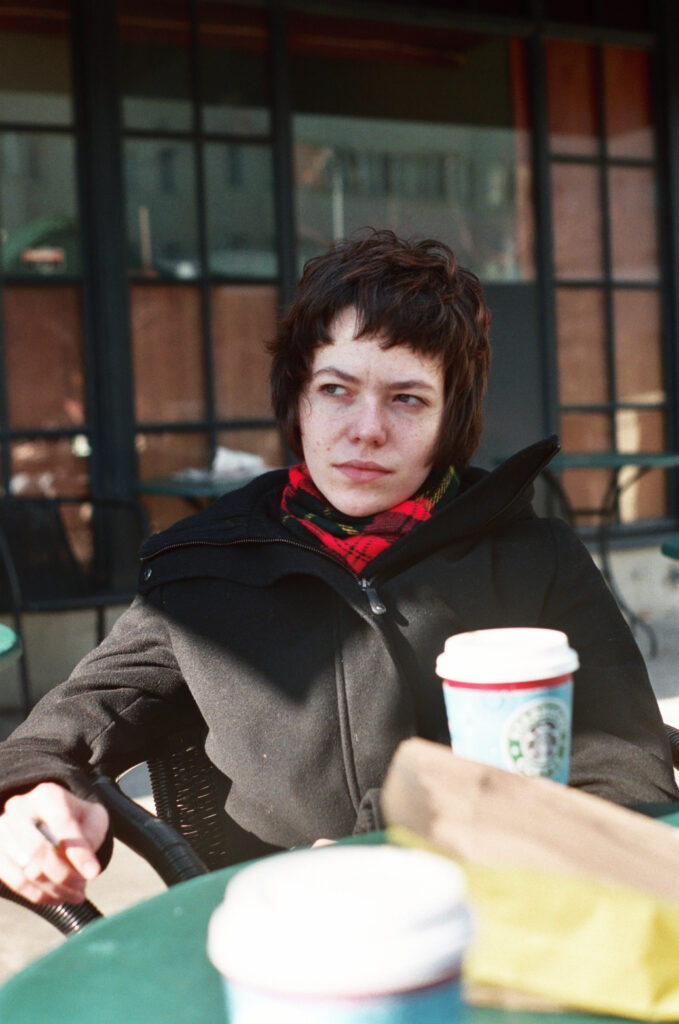
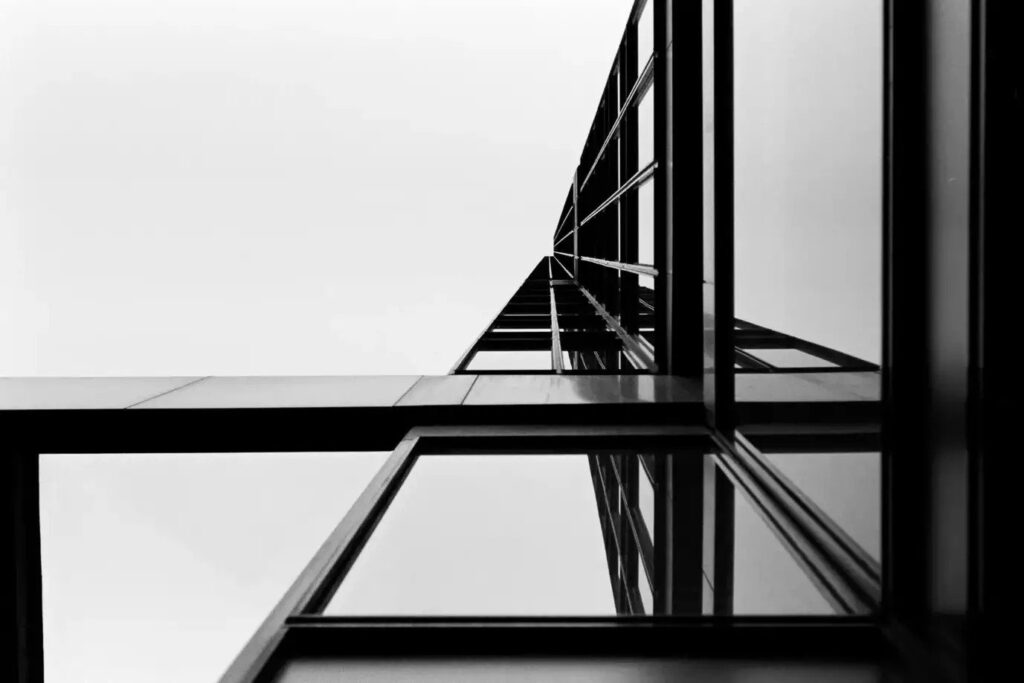


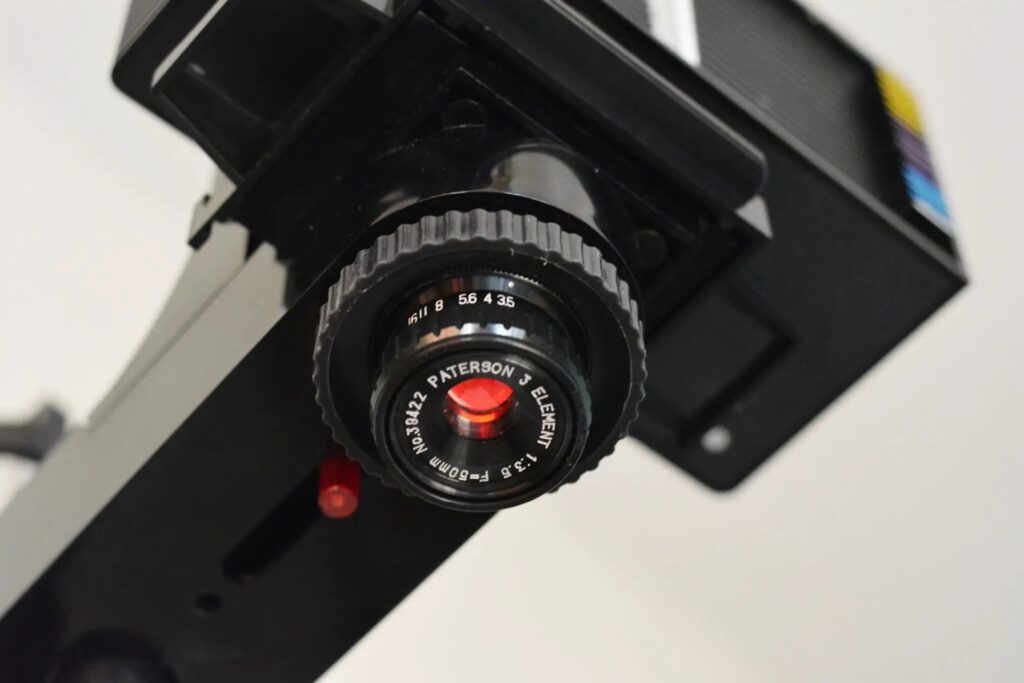
Comments
Gary Smith on A Broken Nikon F55 – Just shoot me…
Comment posted: 07/08/2025
I found a complete step-by-step for fixing a Nikon e-series lens.
Thanks for sharing!
Comment posted: 07/08/2025
Comment posted: 07/08/2025
David Hume on A Broken Nikon F55 – Just shoot me…
Comment posted: 07/08/2025
Comment posted: 07/08/2025
Comment posted: 07/08/2025
Comment posted: 07/08/2025
Russ Rosener on A Broken Nikon F55 – Just shoot me…
Comment posted: 07/08/2025
I make sure it's a lens mount I already have a native camera body or good adapter for. There have been many surprises at just how good some of these lenses were made and the cool results they produce. A fungusy Soligor 35-70mm F/2.5 lens has become one of my favorites recently. Back in college my film school buddies and I had a "just shoot it!" credo. It's cool to see a lot of us returning to that "vibe" as the young people say now.
Comment posted: 07/08/2025
Christopher Welch on A Broken Nikon F55 – Just shoot me…
Comment posted: 07/08/2025
Comment posted: 07/08/2025
Keith Drysdale on A Broken Nikon F55 – Just shoot me…
Comment posted: 08/08/2025
Jeffery Luhn on A Broken Nikon F55 – Just shoot me…
Comment posted: 09/08/2025
Filips on A Broken Nikon F55 – Just shoot me…
Comment posted: 20/08/2025
Robyn on A Broken Nikon F55 – Just shoot me…
Comment posted: 07/09/2025